bad wall with liquid nail
barefoot_babe
12 years ago
Related Stories

DECORATING GUIDES5 Interiors That Nail the ‘Perfect Imperfect’ Look
Explore the beauty of accident, age and patina in these homes
Full Story
GARDENING AND LANDSCAPINGBid Bad Garden Bugs Goodbye and Usher In the Good
Give ants their marching orders and send mosquitoes moseying, while creating a garden that draws pollinators and helpful eaters
Full Story
REMODELING GUIDES11 Reasons to Love Wall-to-Wall Carpeting Again
Is it time to kick the hard stuff? Your feet, wallet and downstairs neighbors may be nodding
Full Story
GREAT HOME PROJECTSWhat to Know About Adding a Reclaimed-Wood Wall
Here’s advice on where to put it, how to find and select wood, what it might cost and how to get it done
Full Story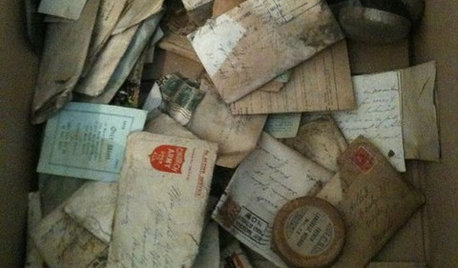
REMODELING GUIDESYou Won't Believe What These Homeowners Found in Their Walls
From the banal to the downright bizarre, these uncovered artifacts may get you wondering what may be hidden in your own home
Full Story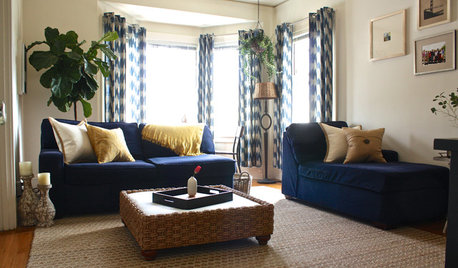
HOUZZ TOURSMy Houzz: Creative Renters Triumph Over the ‘No Paint’ Rule
Not allowed to paint and limited with nails, a design-minded couple uses furnishings and textiles to make their rooms stand out
Full Story
DECORATING GUIDESPaper Chase: Wallpaper Through the Ages to Today
Get on a decorating roll with a wall covering that's been around for centuries but comes in more exciting designs than ever
Full Story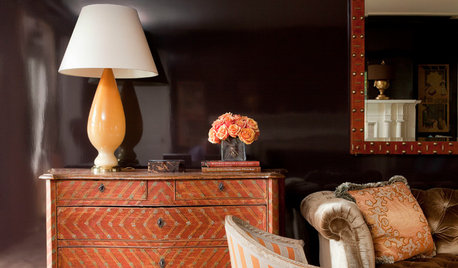
WALL TREATMENTSFall in Love With Lacquer
Explore 12 ways to add high-gloss drama to your home
Full Story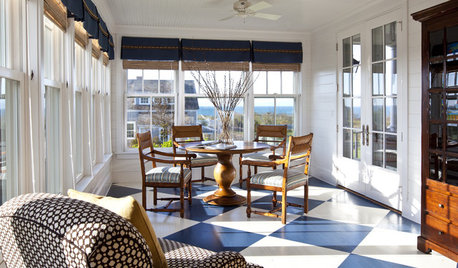
FLOORSHow to Paint Your Hardwood Floors
Know how to apply nail polish? Then you can give your wooden floors a brand-new look
Full Story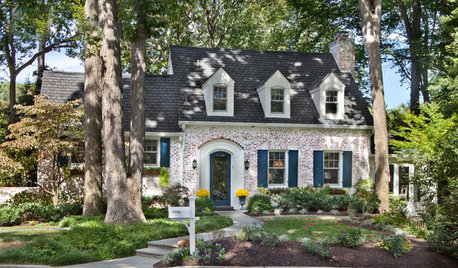
REMODELING GUIDESFinish Your Remodel Right: 10 Tasks to Check Off
Nail down these key details to ensure that everything works properly and you’re all set for the future
Full StoryMore Discussions






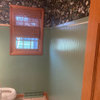
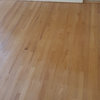

paintguy22
barefoot_babeOriginal Author
Related Professionals
Allen Painters · Baton Rouge Painters · Glendale Painters · Greenville Painters · Allen Painters · Blue Island Painters · Dorchester Painters · Lawrenceburg Painters · Reston Painters · Prospect Heights Cabinets & Cabinetry · Richardson Cabinets & Cabinetry · Cleveland Flooring Contractors · Des Plaines Flooring Contractors · Marlborough Flooring Contractors · Reading Flooring Contractorsgraywings123
paintguy22
barefoot_babeOriginal Author
graywings123
paintguy22
sierraeast